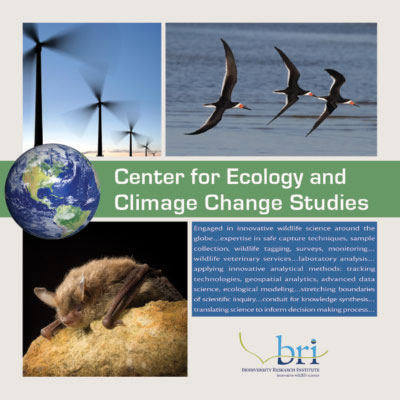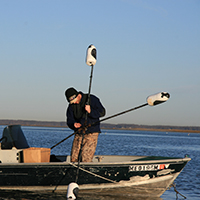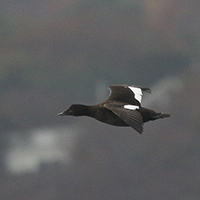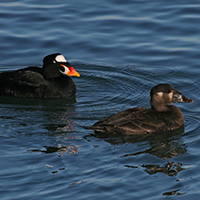Highlighted Species We Study
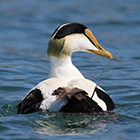
Common
Eider
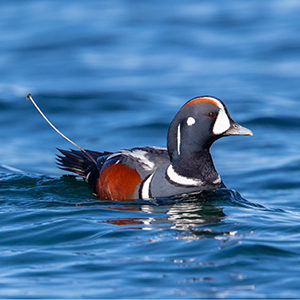
Harlequin
Duck
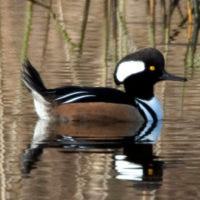
Hooded
Merganser
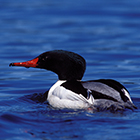
Common Merganser

Surf
Scoter
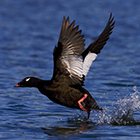
White-winged Scoter
Waterfowl have long served as indicators of ecological health for a diverse set of ecosystems including coastlines, lakes, rivers, and swamps throughout North America. However, these habitats are sometimes exposed to harmful levels of contaminants deposited by domestic industry practices or transported through the atmosphere from far away. Waterfowl, such as ducks, geese, and swans, are especially impacted by global changes as they rely on many different habitats throughout their annual migratory routes.
BRI has partnered with other conservation organizations, as well as state and federal agencies interested in waterfowl conservation goals. BRI is actively conducting waterfowl research within three broad areas: (1) contaminants monitoring; (2) movement and tracking studies; and (3) avian health.
Download the program brochure here.
Contaminants Monitoring
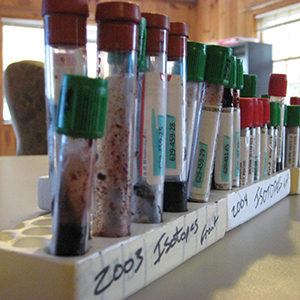
Waterfowl have long served as indicators of ecological health for a diverse set of ecosystems including coastlines, lakes, rivers, and swamps throughout North America. However, these habitats are sometimes exposed to harmful levels of contaminants deposited by domestic industry practices or transported through the atmosphere from far away.
Representative projects with a focus on monitoring contaminants in waterfowl:
- Examining mercury concentrations in Common Eiders and their food items in the northeastern United States
- Exposure profile of contaminants in North American sea ducks
- Pilot assessment of methyl-mercury in Mallard Ducks from the South River, Virginia, USA
Click Here for Project Index >
Publications:
Movement and Tracking Studies
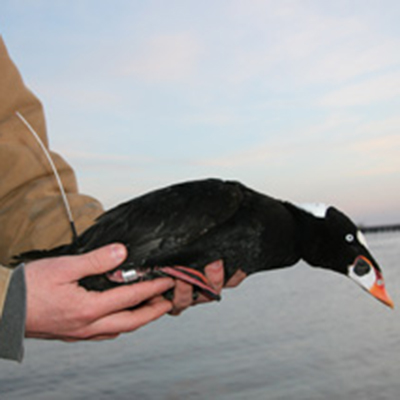
Waterfowl movement studies provide important information on their behavior, ecology, and habitat requirements. Technological advances in tracking equipment have enabled wildlife biologists at BRI to record detailed locations and movements of individual birds. Tracking devices provide data otherwise unattainable through other monitoring techniques.
LEARN MORE about Movement and Tracking >
Representative projects with a focus on tracking waterfowl:
- Wyoming Harlequin Duck Conservation Studies
- Determining offshore use of diving bird species in federal waters of the Mid-Atlantic
United States using satellite tracking – Surf Scoter (Melanitta perspicillata) Component - Boston Harbor Common Eider Tracking Study
- Atlantic and Great Lakes Sea Duck Telemetry Study
Click Here for Project Index >
Publications
Avian Health Studies

Waterfowl can be susceptible to various diseases and viruses, and Federal agencies have established wildlife disease monitoring programs. Federal agencies established wildlife disease monitoring programs to detect geographic locations, species, and even individuals that are of concern for transporting infectious diseases.
LEARN MORE about Avian Heath >
BRI assisted in the surveillance program by live-capture and tissue sampling of waterfowl species in the Atlantic Flyway:
- Avian Influenza surveillance in migratory shorebirds and wintering waterfowl at Parker River National Wildlife Refuge, Massachusetts
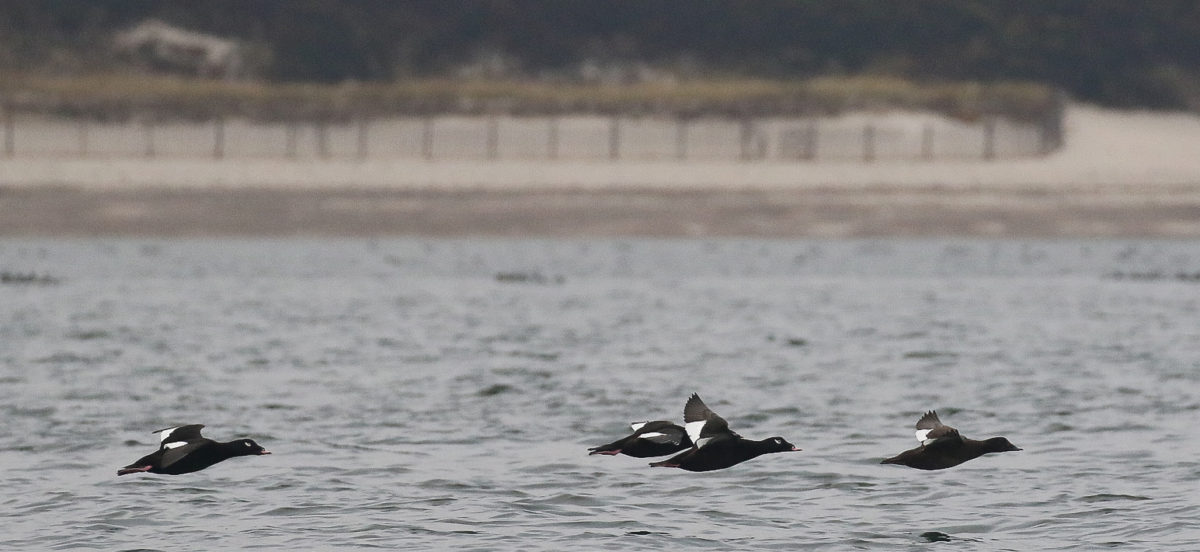
Photo Credits: Header photo © Pavel Aleynikov-iStock. Study subjects: Northern Waterthrush © Ken Archer; Leach’s Storm Petrel © Creative Commons-dmore10; Merlin © Ken Wright; Yellow-billed Loon © BRI-Carrie Gray; Yellow perch © Creative Commons-Andy Camper; Northern long-eared bat © Merlin D. Tuttle, Bat Conservation International (www.batcon.org). BRI Lab © BRI.

